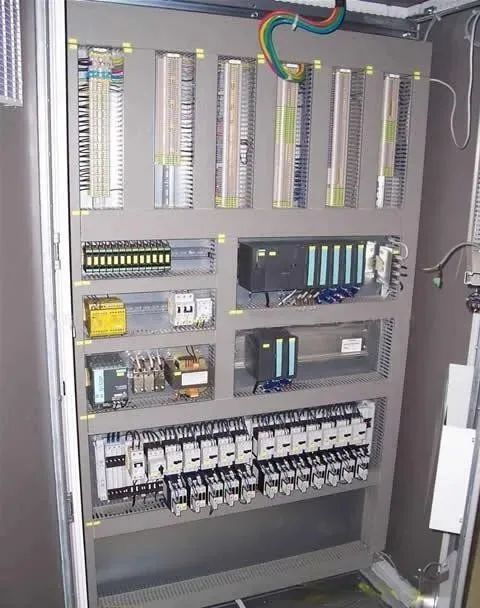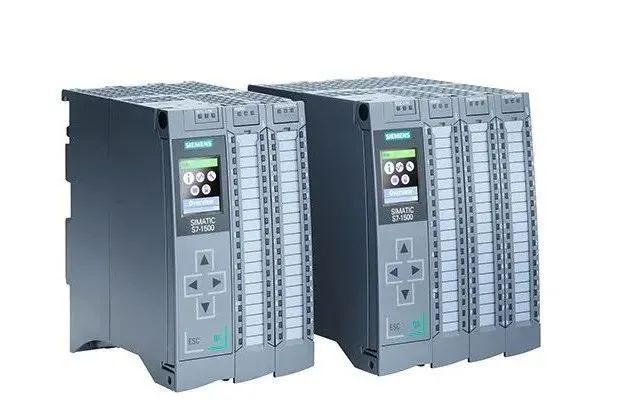
Embedded systems are often used for relatively independent products; PLCs are mostly used for application-oriented project integration.In summary, whether to use PLC or embedded systems should be based on the characteristics of the project, and cannot be generalized. Let’s analyze it below.
(1) When to Use Embedded Systems
If you pay close attention, if it is a standard industrial product produced in batches and requires some complex calculations, embedded systems are usually used. For example, frequency converters, standard industrial robotic arms, and some specialized equipment.
Some products are mass-produced. Initially, when using embedded systems for specialized research and development, a certain amount of financial and human resources must be invested for research, debugging, etc. Once the research and development is successful, the initial R&D costs will be directly allocated to each individual product in the later mass production, greatly reducing the overall R&D costs per product. If it is just mass production equipment, it can be said that embedded systems are significantly cheaper in hardware costs compared to PLCs.
Additionally, in many scenarios, using PLCs is not ideal. For example, in products that require a lot of complex calculations, such as the extensive motor control and algorithms in frequency converters, or the SLAM navigation algorithms in automated handling robots, these are only suitable for implementation in high-performance embedded processors. PLCs cannot handle such complex algorithms.
Moreover, in some cases, PLCs cannot be used. For example, frequency converters or a compact industrial device, although PLCs can be implemented, the size issue arises. At least a voltage regulator module is needed, several input/output modules, and a communication module. If so many components are crammed into a standard compact industrial device, it looks unreasonable.
Furthermore, for a standard industrial product, if it is controlled only by PLCs, there are usually many competitors in the same category. If it is done with embedded systems, relatively speaking, there are fewer competitors.
Also, control systems made with PLCs are easy to replicate. Once the control cabinet is opened, it is clear how the control system is constructed, what input/output modules are used, and what sensors are connected.On the other hand, embedded systems require designers to create the peripheral integrated circuits themselves, which provides better protection.
A high value-added industrial device, if only realized with PLC control, if there are few competitors, it is certainly not because their control system has a significant advantage over others; the advantage must lie in mechanical structure, patent protection, or process control.
In contrast, control systems that must use embedded systems often have higher technical content and more complex algorithms. The embedded systems contain embedded programs that are very valuable, creating a certain technical barrier.
(2) When to Use Industrial PLCs
In real situations, various industrial devices need to be applied to specific projects for testing, and when it comes to projects, they vary widely. What is the most important requirement for industrial projects? Those involved in industrial control surely know that it is “stability”. Anyone can see that all companies producing PLC products are definitely not small companies; their PLC products are very popular and are applied in various industries and fields, with countless cases. PLCs can be found in power transmission and distribution network control systems, automated storage systems, equipment in the petrochemical industry, and rolling control systems in the steel industry. Each of these projects has already helped other users verify how stable the PLC is. At the same time, to ensure product performance stability, PLCs are designed with independent modules; if a module has a problem, it can simply be replaced with a new one, allowing the system to continue operating, and the replacement speed is very fast.
 Imagine if a company wins a project bid with a 100-day deadline. If Team A uses embedded systems to develop the control system, Team B using PLCs is already programming the purchased PLC modules.
This does not even account for the control output and the coupling circuit required for input collection for the embedded system, while for PLCs, nothing needs to be done; they just need to choose the appropriate modules from the PLC manufacturer to insert into their cabinets.
Imagine if a company wins a project bid with a 100-day deadline. If Team A uses embedded systems to develop the control system, Team B using PLCs is already programming the purchased PLC modules.
This does not even account for the control output and the coupling circuit required for input collection for the embedded system, while for PLCs, nothing needs to be done; they just need to choose the appropriate modules from the PLC manufacturer to insert into their cabinets.

Special reminder: All programming software and electrical materials on this platform are available for free download. Reply with the number “99” to bring up the main menu, and don’t forget! If you need additional materials, you can contact the editor via WeChat: 67347779. Thank you for your attention!
Copyright protection: Some content on this platform comes from the internet or other public platforms. If there is any copyright infringement, please contact the relevant authors in a timely manner, and we will delete it within 24 hours.

Reading is a form of growth, sharing is a virtue. After reading, you can repost or share it with your friends; perhaps this is what your friends need…
Your shares, forwards, and clicks are our greatest encouragement.




